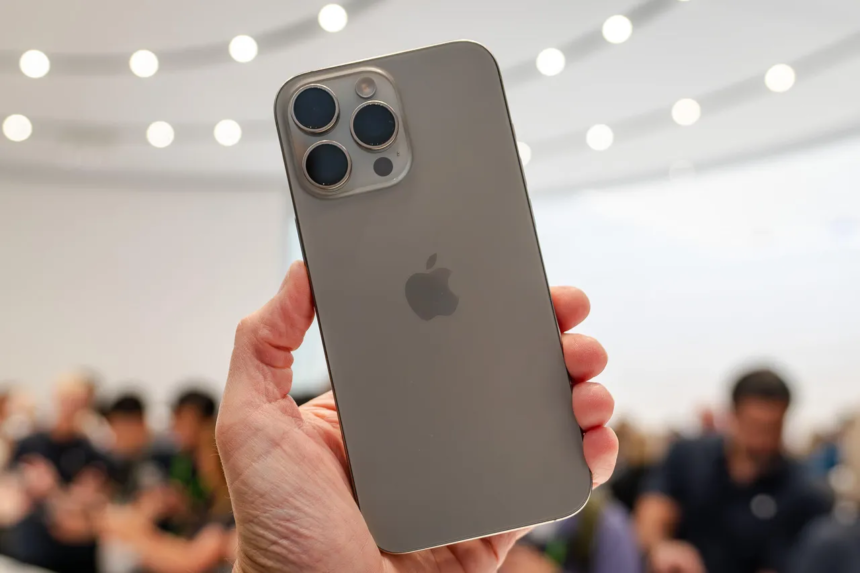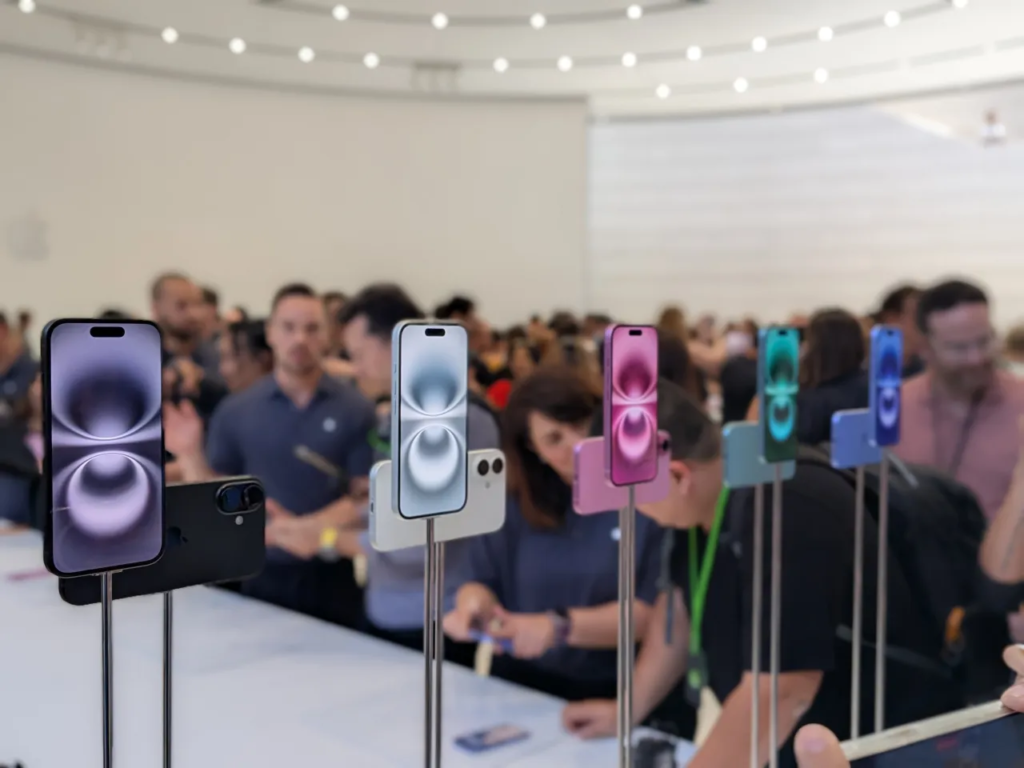Apple’s iPhone 16 series is setting new standards in iPhone 16 repairability with groundbreaking features that make repairing these devices easier than ever. The latest advancements not only enhance the convenience of component replacements but also boost the overall user experience. Let’s dive into how the iPhone 16 has improved repairability and what it means for users and technicians alike.
Revolutionizing iPhone 16 Repairability
The iPhone 16 series marks a significant improvement in iPhone 16 repairability compared to previous models. Apple’s new approach to design and component replacement is transforming how we think about smartphone maintenance.
Easier Battery Replacement with New Adhesive
One of the standout features enhancing iPhone 16 repairability is the new battery adhesive technology. Apple has introduced an “ionic liquid battery adhesive” in the iPhone 16 series. This innovation allows the battery to be detached from its enclosure with ease when a low-voltage electrical current is applied. This method simplifies battery replacement and makes it faster and more secure than ever before.
Enhanced FaceID Camera Swaps
The iPhone 16 also boasts improvements in the FaceID camera replacement process. Previously, replacing the TrueDepth camera, essential for FaceID, could compromise the security features. However, Apple’s new design allows for the FaceID camera to be swapped between units without affecting its functionality. This is made possible through on-device configuration, removing the need for Mac connectivity during setup.
Streamlined Firmware Recovery with iOS 18
With the release of iOS 18, the iPhone 16 series introduces a new feature for iPhone 16 repairability: wireless firmware recovery and restoration. Users can now address firmware issues using another iPhone 16 model, eliminating the need for a Mac or PC iPhone 16 features. This feature not only enhances repairability but also provides a more convenient solution for firmware-related problems.
Apple Diagnostics for Self-Service Repair
In addition to hardware improvements, Apple has expanded its Apple Diagnostics for Self-Service Repair software to all iPhones running iOS 18. This software allows users to test components on their iPhone to identify potential issues. While currently available in select regions, this tool supports iPhone 16 repairability by giving users more control over their device’s maintenance.
Policy Changes to Support Repairs
Apple has also updated its repair policies, further supporting iPhone 16 repairability. Customers and independent repair providers can now use both new and used genuine Apple parts for repairs. Additionally, third-party parts are permitted, though they may face calibration issues with Apple’s cloud servers. Despite this, the iPhone will attempt to utilize these parts effectively.
Impact on Users and Technicians
These advancements in iPhone 16 repairability reflect a broader trend towards user empowerment and sustainability. The new features and policy changes make it easier for both users iPhone 16 features and technicians to handle repairs, ensuring that devices remain functional and efficient for longer periods.
Future Prospects: What’s Next for iPhone Repairs?
As technology continues to evolve, Apple’s commitment to iPhone 16 features repairability suggests that future models will likely include even more user-friendly repair options. These innovations set a new benchmark for smartphone repairability, encouraging other manufacturers to enhance their approaches to device maintenance.
Read More: Unlocking the Power of Numbers: Key Steps in Quantitative Data Analysis
Conclusion
The iPhone 16 series is redefining iPhone 16 with its innovative battery adhesive, improved FaceID camera replacement, and new firmware recovery features. These advancements make repairing and maintaining iPhones easier and more efficient, aligning with Apple’s focus on user convenience and sustainability. As we look ahead, it will be exciting to see how Apple continues to push the boundaries of smartphone repairability.









